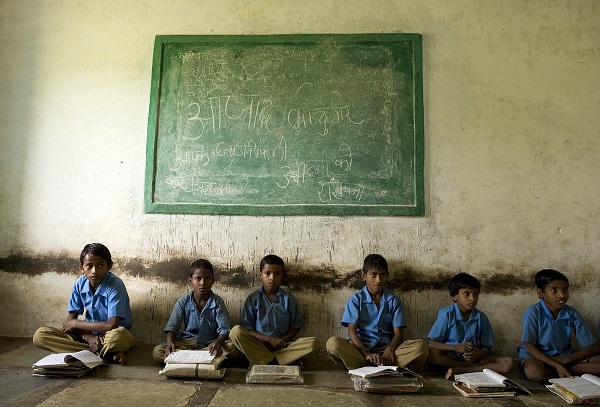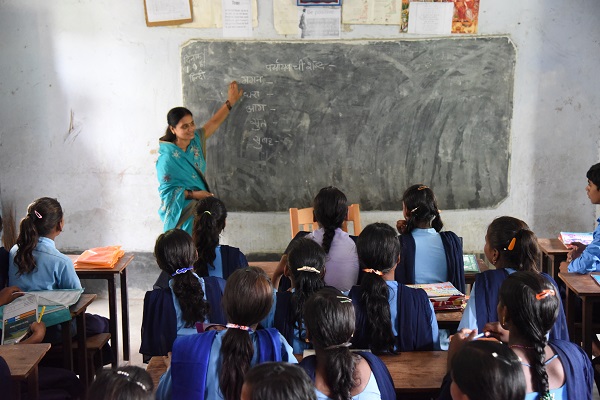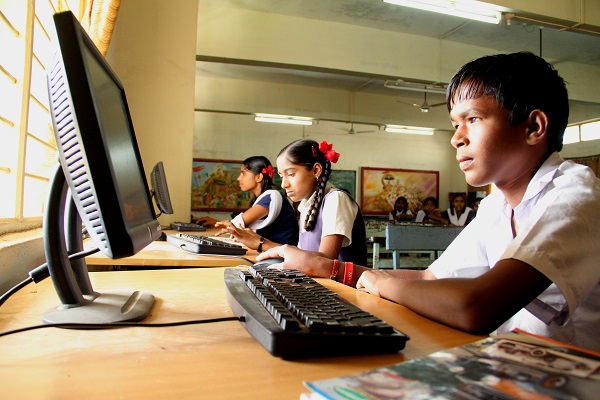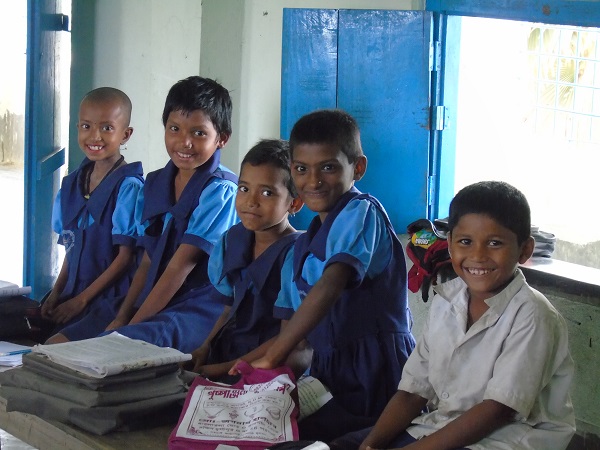
What is the Role of Education in Human Capital and Development
Education plays a key role in shaping a nation's progress by strengthening its human capital. It helps children grow into skilled, capable, and confi....
Read MoreThe Right to Education Act is a major step taken by the Indian Government to boost the literacy rate in India. Recently, the Annual Status of Education Report mentioned a record that the school enrolment percentage of students in the age category of 6-14 has increased to 98.4% in the year 2022. Soon, there should be a time when there will be 100% enrolments.

The Indian Parliament sanctioned the Right to Education Act under Article 21a on 4th August 2009. The Act was passed to offer free and compulsory education to children in the age group of 6-14 years. The purpose of the Act is to enable the proper education of every child in India irrespective of family income, gender, caste, or creed.
The Right to Education Act is important because it offers a right to every child in our nation to gain the necessary education to develop their skills for a better future.
The right to free and compulsory education is important for these important reasons:
There are roles and responsibilities under the Right to Education Act.
The Government has to provide compulsory elementary education up to Class 8 for free to every child. The child will not only have a free education in terms of school fees but also will get other essential elements such as uniforms, textbooks, stationery items, and other necessary items for free so that there is no hindrance in the completion of education.
Any elementary school in India will have to maintain the standards set by the Right to Education Act in terms of teacher-student ratio, availability of drinking water, proper classrooms, proper attendance of teachers, separate toilets for boys and girls, number of days the school will work, and others.
According to an important responsibility of the Right to Education Act, any student who has dropped out of school for any reason should be admitted to a class appropriate for the child’s age. Also, the child should be provided enough attention so that the child can cope with the failings and can become equal to other students in the same class.

There is a particular teacher-pupil ratio that has to be maintained in every elementary school, irrespective of the fact whether the school is in an urban area or a rural area. The teachers who are deployed to the schools should have a proper academic qualification that is necessary for entry into such schools. Deployment of teachers is conducted seriously to ensure proper learning.

The Right to Education Act is not just about spreading literacy among the children of the country. It is also about ensuring the all-round development of the children. The responsibility under the act is to develop a curriculum that will help in building the knowledge, talent, and human potential of the child. Moreover, the target is to develop great human beings for the country’s future.
The Right to Education Act also ensures that there is lesser detention of students in each class. In this light, Continuous Comprehensive Evaluation has been introduced to improve the students' performance. This system evaluates all the areas of the child’s development and the teachers work on the weak points to make them improve their performance and grades.
All the schools under the Right to Education Act need to come up with a School Management Committee that will consist of the head teacher, parents, community members, locally elected representatives, and many others. The responsibility of the committee will be to ensure that the school is functioning correctly and also to plan for the school’s development in the future.
One of the eminent points is that the Right to Education is justiciable. There is a proper Grievance Redressal system where people can mention if any of the regulations or responsibilities of the Right to Education Act is not being managed properly. The schools are public properties and so the school should announce any changes in their regulations in public.

One of the responsibilities under the Right to Education Act is to provide education to children irrespective of any discrimination. The Act also makes it mandatory for all private schools to reserve 25% of the seats for backward or economically weaker students. Such a step boosts social inclusion and also breaks the boundary between the privileged and the unprivileged students.
There are a number of things that are prohibited under the Right to Education Act.
The Right to Education Act encourages zero-tolerance against physical punishment as well as mental harassment of students. Also, the Act prohibits any discrimination among students on the basis of caste, creed, religion, gender inequality, class, admission procedure, tuition, and other factors. If any of these points are noticed, strict action is supposed to be taken against that particular school authority.
One of the main aims of the Right to Education Act is to educate every child in the country. There is a particular admission procedure after a particular screening procedure for the children. The Right to Education Act prohibits different screening procedures for different students. All the students should be seen with the same eye and screening should be done only according to the regulations.
Under the Right to Education Act, students are exempted from school fees and other expenses. In fact, the students will be facilitated with uniforms, textbooks, and other elements that do not cause hindrance in schooling. Hence, the Act prohibits any kind of capitation fees in any circumstances from any student at all. Rules are the same for everyone and should be followed.
Education is for everyone but the cost of education today is a significant burden for most people in society. The Right to Education Act 2009 does not just preach about the importance of education but also has regulations and roles that will ensure that every child, irrespective of economic status can get the education that the child deserves to have.
The Right to Education (RTE) Act in India significantly impacts girls' education by mandating free and compulsory education for children aged 6 to 14, thus reducing gender disparities in school enrollment. Also, the benefits of the RTE Act include provisions for non-discriminatory practices and infrastructure improvements, ensuring that girls have a safe and supportive learning environment.
The importance of the right to education RTE is evident as the Act addresses the quality of education by setting minimum norms and standards for all schools, including teacher-student ratios, infrastructure, and curriculum. It also mandates regular teacher training and continuous student evaluation to ensure a holistic and effective learning experience.
NGOs such as CRY India play a crucial role in empowering Children education by supplementing government efforts through community-based programs, capacity building, and advocacy. They often provide additional resources, training, and support to marginalised communities, helping to bridge gaps in access to quality education.